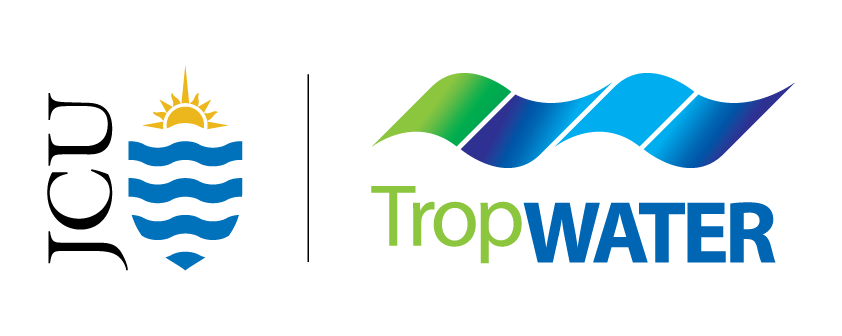
Cairns, Mourilyan Harbour
Location
Scientists are investigating the most effective restoration methods for understudied tropical seagrass species. This includes testing methods of seagrass fragment deployment and seed setting.
This work involves working with Traditional Owner and engaging community groups for training and seagrass planting events.
The team will measure blue carbon storage benefits and improvements in fisheries habitat throughout the project’s lifecycle.
Key points
Restoring tropical seagrasses and their ecosystem services
Restoring seagrass meadows
Tropical seagrass in the Indo-Pacific represents 35% of the global seagrass species, with an area of 88,000 km² mapped in tropical Australia. A third of this is found in the Great Barrier Reef (GBR) region of Queensland.
Over a decade ago, cyclones and floods devastated seagrass habitats in Cairns and Mourilyan, North Queensland, impacting their ecological functions. Climate-driven events put pressure on these ecosystems, with the intensity of cyclones, storms, floods, and marine heatwaves expected to rise due to climate change. The need for tropical seagrass restoration becomes increasingly urgent.
Despite their importance, many tropical seagrass species remain understudied, and there have been few restoration attempts. Restoring tropical seagrass meadows in Northern Australia presents unique challenges. They are often found in muddy, crocodile-inhabited environments, requiring innovative restoration approaches.
Future proofing Australia's tropical seagrasses
Our scientists are developing species specific restoration methods and approaches tailored to the diverse range of tropical seagrass species found across the Indo-Pacific.
Seagrass planting methods and enhancement methods are being tested experimentally and restoration suitability models developed to build a restoration framework applicable across the Indo Pacific. This research is being funded through an Australian Research Council linkage program partnering with North Queensland Bulk Ports and Ports North.
Australia’s largest tropical seagrass restoration project
Australia's first meadow-scale tropical seagrass restoration project is being led by TropWATER scientists restoring tropical seagrass meadows at Cairns and Mourilyan.
The team aim to restore five hectares of meadows wiped out a decade ago. They will also work to speed the recovery of 425 hectares of meadows that are struggling to recover from cyclone damage.
Over four years, scientists and volunteers will plant tens of thousands of seagrass fragments and seeds, while tracking the return of fish species and measuring the blue carbon benefits. This project is:
Investigating the most effective restoration methods for understudied tropical seagrass species.
Testing methods of fragment deployment and seed setting.
Working with Traditional Owner and engaging community groups for training and seagrass planting events.
Measuring blue carbon storage benefits and improvements in fisheries habitat throughout the project’s lifecycle.
The project is in collaboration with four Traditional Owner groups (Gimuy Walubara Yidindji, Mandubarra, Goondoi and Yirrganydji), OzFish Unlimited and local community groups, with funding support from BHP’s Blue Carbon Grants program.
Volunteers vital for planting
Researchers collected seagrass fragments to initiate the restoration effort, with planting days held in September 2023, and August and September 2024.
In the 2023 and 2024 planting, volunteers were essential in rapidly planting these fragments in Cairns and Mourilyan, including Traditional Owners, community members, and school students.
Research support












